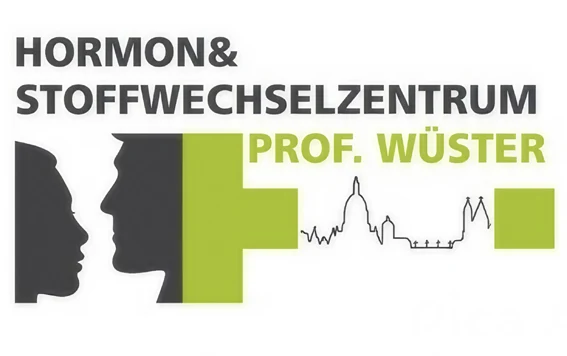Transient osteoporosis – information from a specialist in Bad Homburg
What is transient osteoporosis? Specialist in the Bad Homburg region on causes and treatment
BAD HOMBURG Osteoporosis is a chronic disease whose treatment is aimed at slowing down the progressive loss of bone density and bone mass. However, there is a special form of osteoporosis that heals spontaneously within a certain period of time. This is known as transient osteoporosis, which usually occurs in the hip. Prof Dr med Dr h.c. Christian Wüster is an endocrinologist in private practice in Mainz, where he heads the Hormone and Metabolism Centre. Patients from the Bad Homburg region also consult him with suspected osteoporosis. The doctor describes the clinical picture: ‘Transient osteoporosis can manifest itself, for example, as pain in the hip. It occurs spontaneously and radiates to the groin, buttocks or thighs. Those affected describe a worsening on exertion, after long journeys and an improvement when lying down. In most cases, the symptoms gradually worsen over time.’
Transient osteoporosis – clarification for patients from Bad Homburg by an endocrinologist
Transient osteoporosis is most likely caused by a temporary disruption of microcirculation in the bones. Men are affected about three times more frequently than women, often between the ages of 30 and 50. Particularly at the beginning of the disease, transient osteoporosis is similar to the more dangerous hip bone necrosis, the course of which is usually worse.
In the case of femoral head necrosis, the femoral head dies off due to circulatory disorders. If transient osteoporosis is suspected, a computerised tomography scan can provide decisive information. The images then show pronounced oedema of the bone marrow in the femoral head, in the femoral neck up to the upper part of the thigh. Such oedema is an indication of an increased accumulation of water in the bone, which can be visualised using magnetic resonance imaging. In tansient osteoporosis, there is usually decalcification of the femoral head, which is reversible.
Early diagnosis of transient osteoporosis is important, says endocrinologist for Bad Homburg
In the case of transient osteoporosis, treatment initially consists of relief with crutches and the prescription of non-steroidal anti-inflammatory painkillers. The main purpose of weight relief is to prevent spontaneous microfractures in the temporarily weakened bone. Such microfractures can lead to severe pain and possibly to a femoral neck fracture or a fracture of the femoral head. Under certain circumstances, osteoporosis medication can also be used. ‘Early diagnosis and differentiation from other clinical pictures are important for successfully monitoring the course of the disease in transient osteoporosis,’ emphasises the endocrinologist for the Bad Homburg region.

